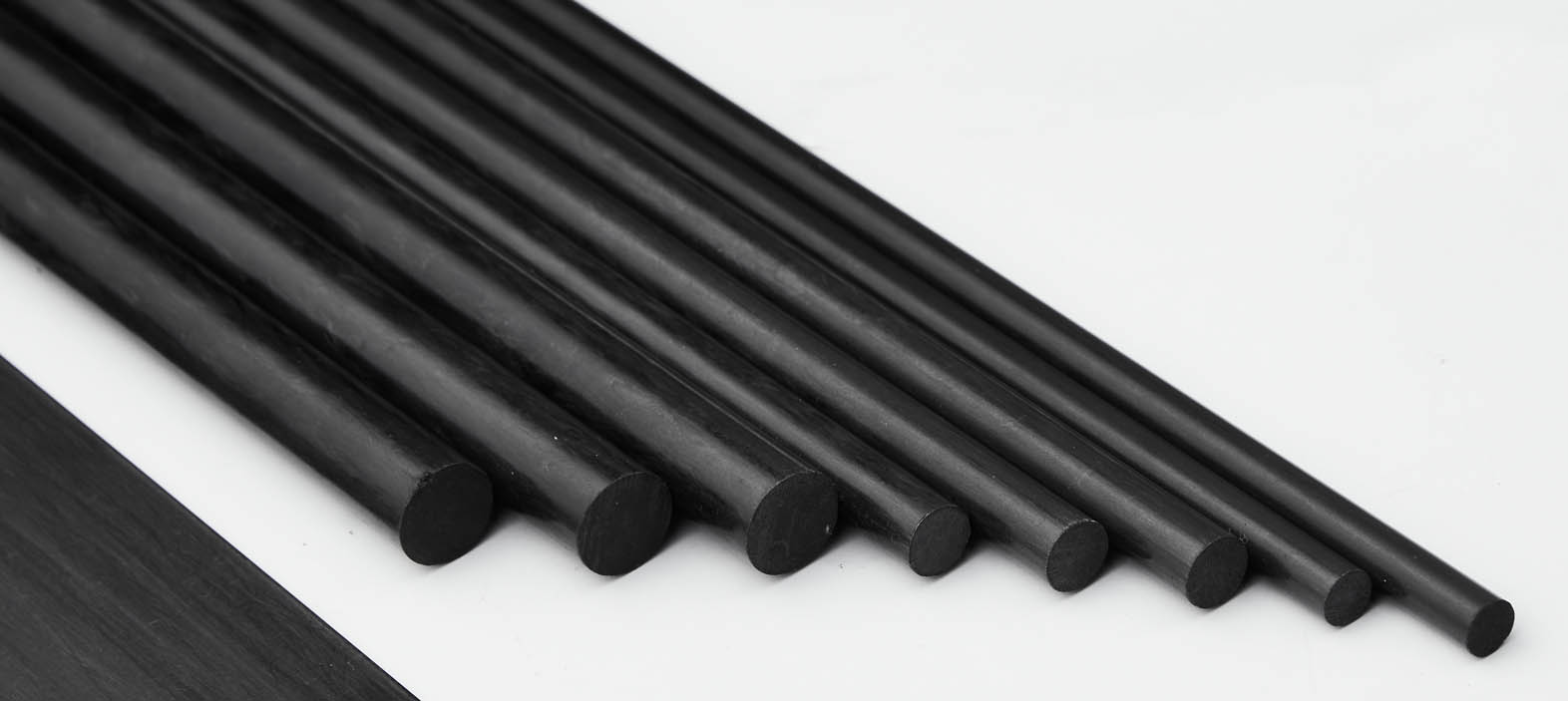
Exploring the Compressive Strength of Carbon-Fiber Reinforced Polymeric Composites
👁 Reads: 561
Every material has a limit to the amount of force that can be applied to try to compress items together. A material's capacity to bear compressive forces without breaking is determined by its compressive strength. For structural materials including carbon fiber composites, steel, and wood, compressive strength is an essential characteristic. The risk of failure under compression is generally used to evaluate material design. Compressive strength can be computed by dividing the greatest load by the cross-sectional area of the material under test. The notion of compressive strength in composite materials is examined in this article, with an emphasis on testing procedures, industry applications, and carbon-fiber-reinforced polymeric composites (CFRPC).
Key Highlights
- Compressive strength is a critical property in structural materials like carbon-fiber, influencing design, testing, and application considerations.
- While carbon-fiber-reinforced polymeric composites generally exhibit lower compressive strength compared to their tensile strength, recent studies aim to enhance the compressive strength of these materials.
- The high compressive strength of carbon-fiber-reinforced polymeric composites makes them suitable for various industries.
Compressive Strength of Carbon-Fiber Reinforced Polymeric Composites
Depending on how the composite is constructed, composite materials can have distinct compressive strength behaviour. The exceptional tensile strengths and low weight of carbon fibers and their composites, together with their many other benefits, continue to spur demand for novel structural applications in a variety of weight-sensitive industries. CFRPC's vast range of applications is hampered by the fact that its compressive strength is much lower than its tensile strength (between 50 and 60%). Given that CFRPC is utilized in aircraft beam structures that bear bending force, it may break at the compression side before the tensile side. Thus, one of the CFRPC structure's design criteria is compressive strength.
Although the failure mechanism of CFRPC under unidirectional compression is complicated, efforts are being made to minimize the weight of aircraft structures and improve structural reliability. By hybridizing intermediate-modulus and HM carbon fibers in the composite material and adding nanosilica particles, recent research has increased the compressive strength of high-modulus (HM) carbon fiber composites. The compressive strength of the HM carbon composites has nearly doubled thanks to this innovative material solution. The variations in surface topology between the IM and HM carbon fibers, which led to greater interface friction for the IM fibers, have been linked to the improvement in compressive strength.
Testing Methods
It might be difficult to measure the compressive properties of carbon fiber products, thus it's critical to recognize and comprehend the various approaches that can be used to reliably get carbon fiber compressive properties. Composite material compressive strength is often evaluated using the universal testing machine. However, because of limitations that can arise from specimen misalignment or calibration problems, leading to erratic outcomes, there are several distinct compression test methods available. One such approach is the combined loading compression method described in ASTM D6641.
Factors Affecting Compressive Strength of Carbon-Fiber Reinforced Polymeric Composites
Several investigations have been carried out to comprehend the elements that directly affect CFRPC's compressive strength. These consist of the modulus and strength of the carbon fibers and resin, fiber misalignment, and qualities of the fiber-matrix interface. The degree and complexity of fiber misalignment are important factors in determining compression strength prediction. The fiber-direction compressive strength can be strongly influenced by the surface structure and interface friction between various carbon fiber types. The modulus and strength of the carbon fibers and resin have an impact on the composites' compressive strength and modulus. Comprehending these variables is essential for creating and manufacturing carbon-fiber-reinforced polymeric composites that exhibit enhanced compressive strength.
Industry Applications of Carbon-Fiber Reinforced Polymeric Composites
Additionally significant in the context of composite applications can be compressive strength. All carbon fiber products (such as carbon fiber sheets, tubes, rods, etc.) must be designed with the necessary compressive strength in mind if the application involves compressive loads, regardless of the application area. High compressive strength CFRPC is used in a variety of industries, including aerospace, automotive, biomedical, etc. These CFRPCs are appropriate for usage in aircraft structures because they provide strong, long-lasting, lightweight structures. The creation of CFRPCs with high compressive strength creates prospects for their application across a range of industries, especially those requiring strong and lightweight materials.
Conclusion
When assessing CFRPC's effectiveness and durability in industries like the automotive and aerospace ones, it is essential to comprehend its compressive strength. Evaluating the structural integrity of these composites depends critically on their compressive strength, which affects material design and testing. In line with the continuous advancement of materials in this domain, recent research has concentrated on enhancing the compressive strength of high-modulus carbon composites. Innovative approaches like hybridization and the inclusion of nanosilica particles show promise in improving compressive strength, addressing important variables including fiber misalignment and interface characteristics, despite testing challenges.





